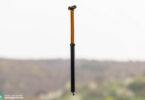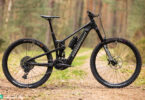The polarising looking Whyte is one of the three cheapest bikes in the entire test field. So how did the Whyte E-150 RS 29ER V1 manage to outperform so many of its expensive competitors despite its very reasonable price? And does it have what it takes to bag our coveted Best Buy award? Read our test to find out.
For an overview of the test fleet head to the group test: The best eMTB of 2021 – 25 models in review
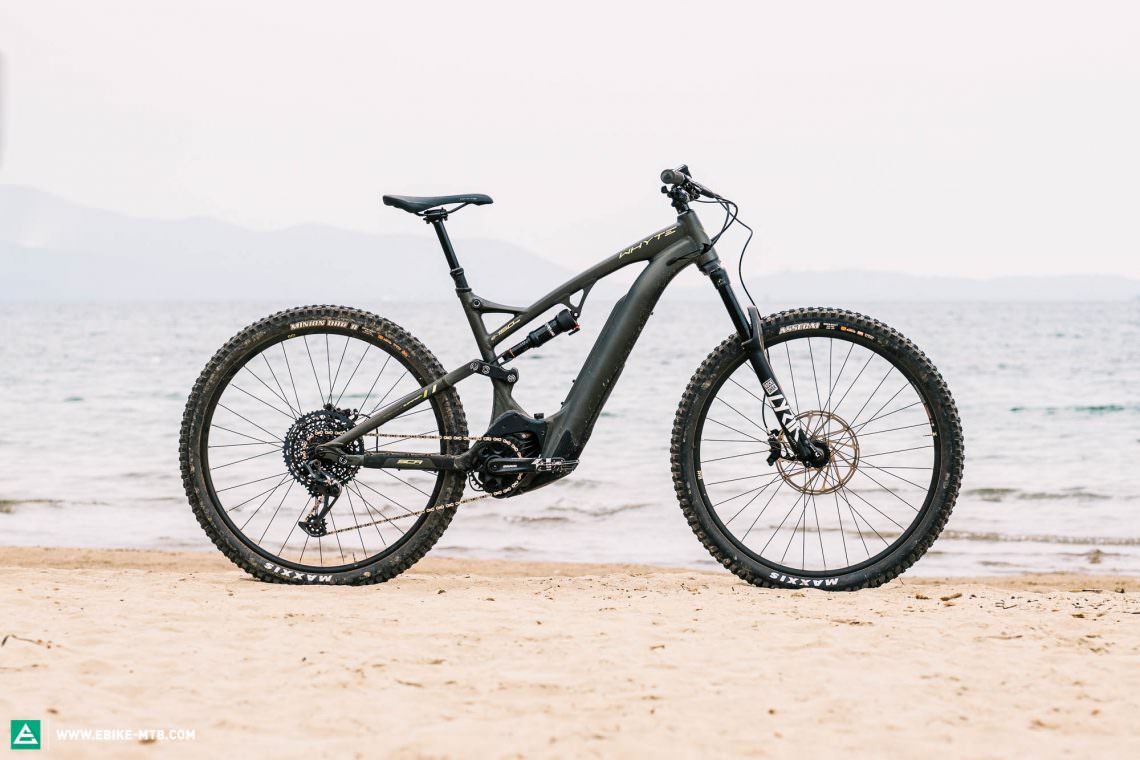
24.94 kg in size L | € 6,599 | Manufacturer’s website
Visually, the alloy frame of the Whyte E-150 RS 29ER V1 is polarising. However, there’s a reason for the unusual design. The battery sits low in the frame allowing for a central and low centre of gravity and thus improving the handling of the bike. The key: by rotating the Bosch Performance Line CX motor, Whyte’s engineers were able to shift the 625 Wh battery further down to where it now sits in front of the motor. The result: despite running on a significantly bigger battery, the front end of the Whyte lifts almost as eagerly as the Lapierre with its similarly central centre of gravity. Overall that means that on the trail, the relatively high weight (24.94 kg) of the Whyte goes unnoticed. The saddle clamp is just as neatly integrated into the frame as the Bosch speed sensor and features such as the one-piece battery cover/skid plate. However, smaller details like the numerous zip-ties and electrical tape used to bundle the cables may be functional but aren’t pretty. The same applies to the rough welds and large clearances in the frame. In this regard, all other bikes offer tidier solutions.
Everything fits, everything works: The spec of the Whyte E-150 RS 29ER V1
That’s exactly what we would have done. Despite the reasonable price tag of € 5,999, the spec of the Whyte E-150 RS 29ER V1 has been chosen to deliver uncompromised performance on the trail. As the name suggests, the Whyte E-150 has 150 mm of travel front and rear, controlled by a RockShox Lyrik Select fork at the front and a Deluxe Select+ RT shock out back. Despite the affordable components, the suspension delivers great performance. The same goes for the Code R brakes, which, while they can’t match the outstanding performance of SRAM’s top stoppers, provide decent and reliable deceleration in combination with the 220/200 mm rotors. The 29″ wheels roll on MAXXIS rubber, with a 2.5″ Assegai in the EXO+ casing at the front and a 2.4″ Minion DHR II with the robust Doubledown casing at the back: top! The package is rounded off by a Crank Brothers Highline 3 dropper which would benefit many of the more expensive bikes in test. By choosing affordable yet functional components, Whyte manage to strike an optimal budget compromise. Everything fits, everything works!
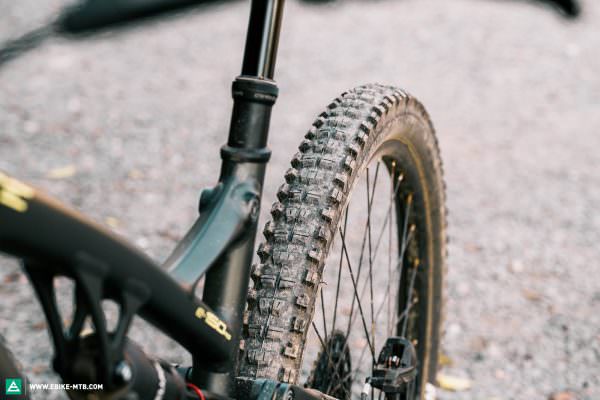
The MAXXIS DoubleDown tire might seem overkill but totally suits the character of the E-150 RS 29ER V1. There’s no point in saving weight at the expense of performance!
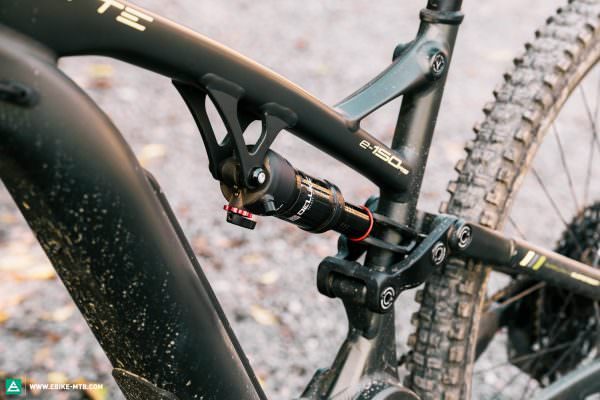
The efficient rear end squeezes every drop of performance out of the relatively simple shock and the Lyrik delivered a surprisingly good performance, despite its cheaper damper. The suspension of the Whyte makes many bling Kashima bikes feel outdated.
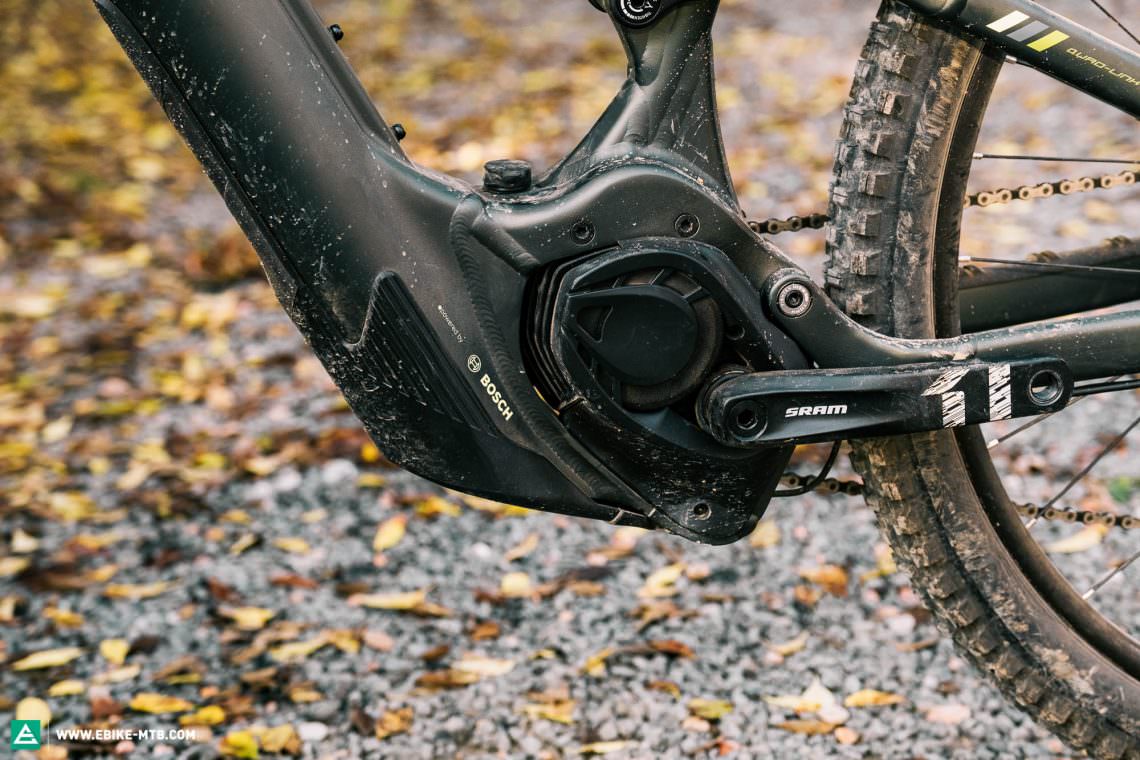
By rotating the motor upwards, the battery sits in the down tube in front of and not on top of the motor. This permits a low and well-balanced centre of gravity and a light front end!
Whyte E-150 RS 29ER V1
€ 6,599
Specifications
Motor Bosch Performance Line CX 85 Nm
Battery Bosch PowerTube 625 Wh
Display Bosch Purion
Fork RockShox Lyrik Select 150 mm
Rear Shock RockShox Deluxe Select+ RT 150 mm
Seatpost Crankbrothers Highline 3 150–170 mm
Brakes SRAM CODE R 220/200 mm
Drivetrain SRAM X01 Eagle 1x12
Stem Whyte Enduro 35 mm
Handlebar Whyte Custom 780 mm
Wheelset WTB HTZ i30 TCS 2.0 System 29"
Tires MAXXIS ASSEGAI EXO+/Minion DHRII DD 2.5"/2.4"
Technical Data
Size M L XL
Weight 24.94 kg
Perm. total weight 120 kg
Max. payload (rider/equipment) 95 kg
Trailer approval yes
Kickstand mount no
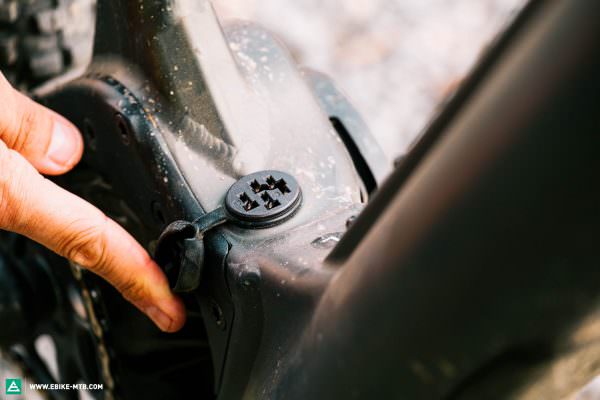
Positioned right above the motor and protected by an in-house cover, the charge port is well protected from dirt.
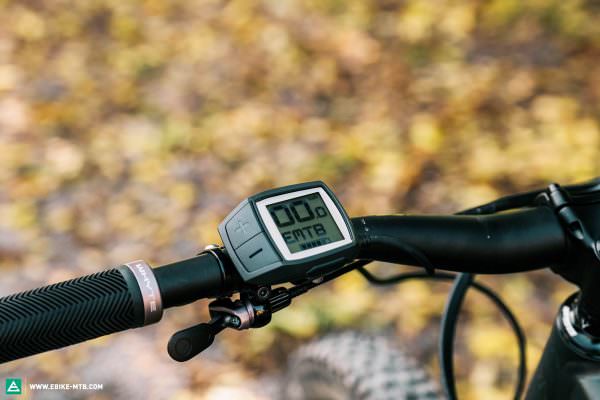
Two words that also apply to the Bosch Purion display. While the display may be outdated in terms of functions, it’s still the best option for sporty, purist trail bikes like the Whyte.
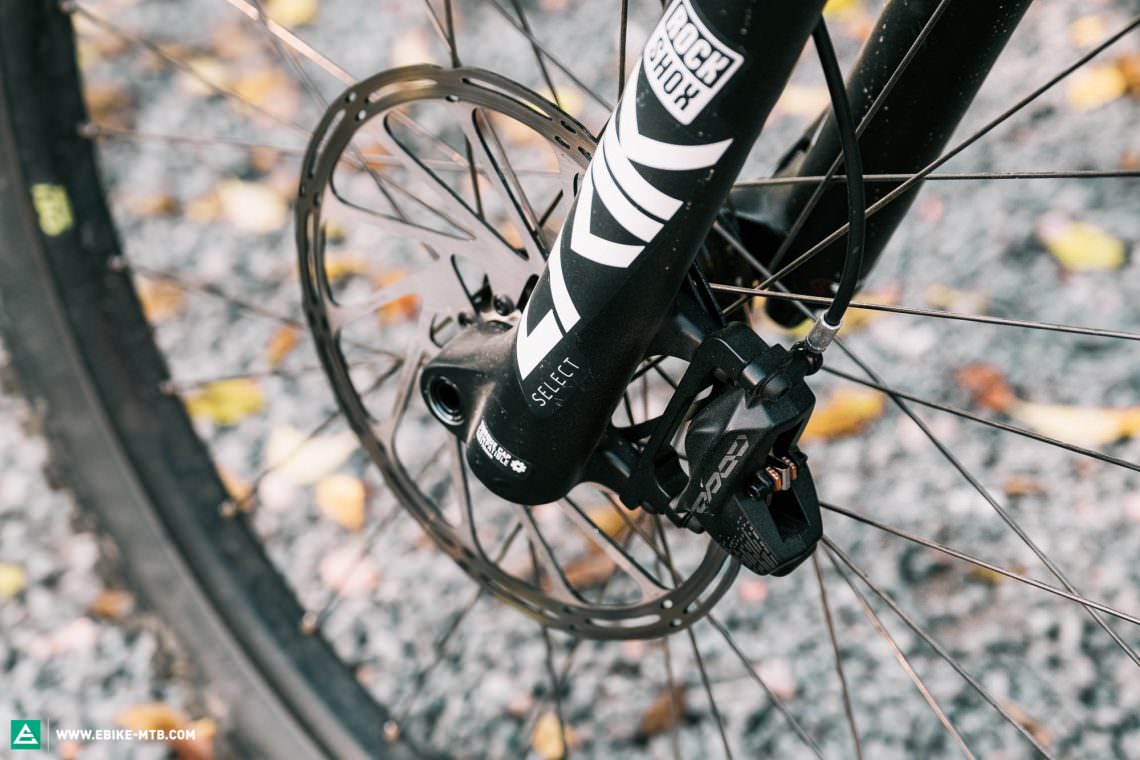
While it’s true that we criticized the SRAM Code R brakes of other bikes in this test, it’s also worth noting that those bikes cost twice as much as the Whyte. In combination with the 220 mm front rotor, the brakes are perfectly fine on the affordable E-150.
Unfortunately, the Whyte comes in just three frame sizes posing a problem for smaller riders. In typical Whyte fashion, the E-150 RS 29ER V1 has a long 476 mm reach (size L) and slack 64.7° head angle, making it one of the longest bikes in the test field. Nonetheless, thanks to the high front end, the reach and stack are very well balanced. On the other hand, the seat angle is relatively slack and ensures a comfortable riding position. Despite the sporty and rather firm suspension tune you can still achieve a very decent level of comfort for long rides by running a low air pressure in the robust rear tire.
| Size | M | L | XL |
|---|---|---|---|
| Seat tube | 431.8 mm | 457.2 mm | 482.6 mm |
| Head tube | 120 mm | 133 mm | 148 mm |
| Top tube | 611 mm | 641 mm | 676 mm |
| Head angle | 64.7° | 64.7° | 64.7° |
| Seat angle | 74.9° | 74.7° | 74.5° |
| Chainstays | 445 mm | 445 mm | 445 mm |
| Reach | 451 mm | 476 mm | 506 mm |
| Stack | 634 mm | 643 mm | 657 mm |
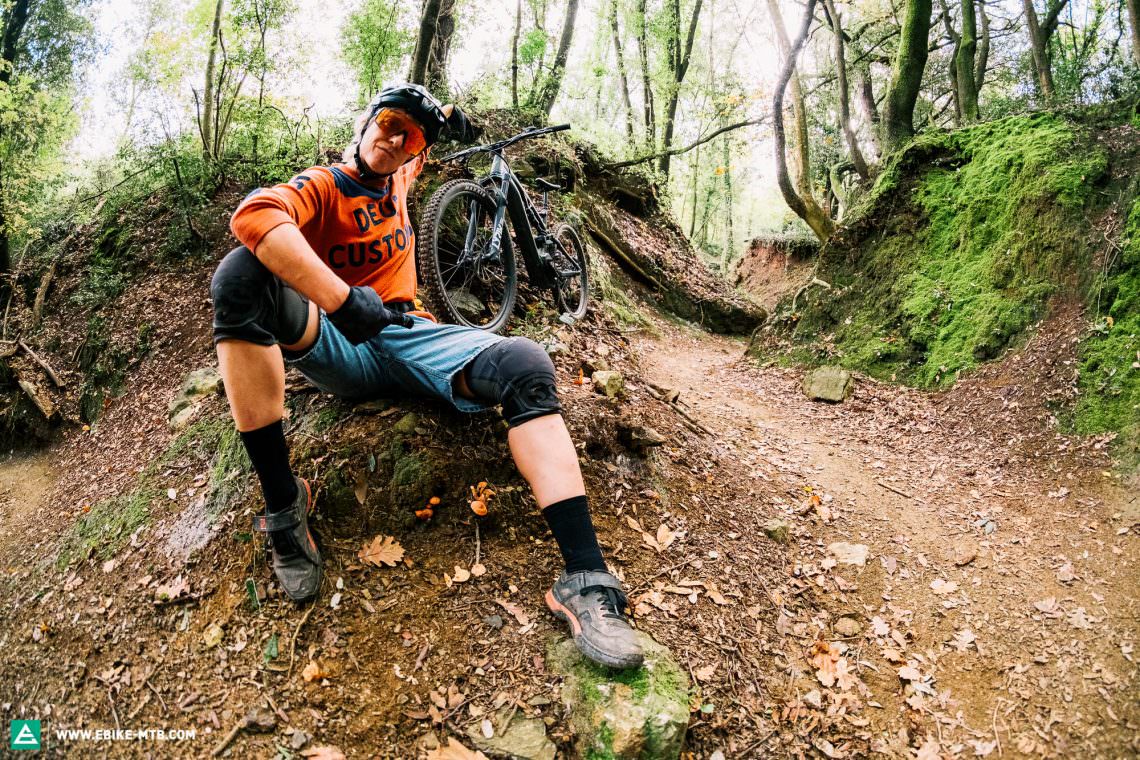
Jacket Deus Moto X Knit | Shorts Jeans | Kneepad iXS FLOW EVO+ | Shoes Five Ten Kestrel Lace
Socks SCOTT Performance Crew | Gloves iXS Carve
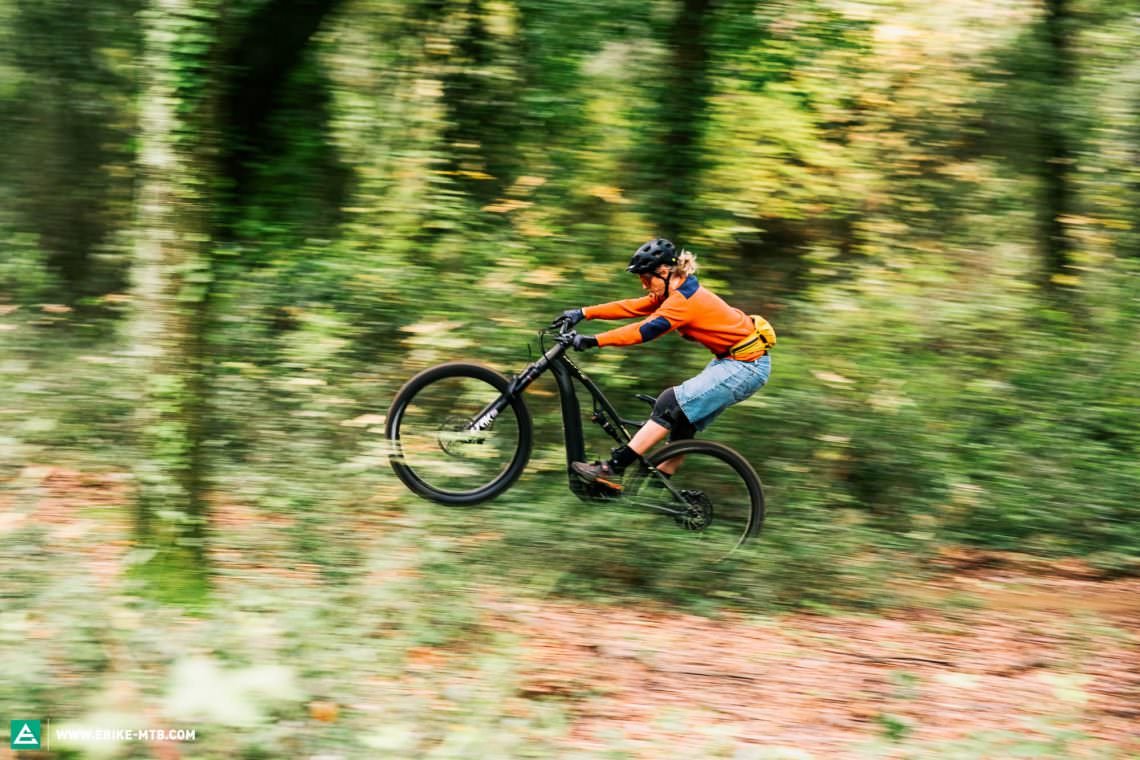
Thanks to the low and balanced centre of gravity, the Whyte eagerly pulls into manuals and jumps off ledges.
Top class performance at a reasonable price: The Whyte E-150 on test
Uphill, the Whyte likes relaxed forest paths and flowy trails. Here, its agile character invites you to play with trail features, making tight switchbacks and small steps real fun. Only on very steep terrain do the central centre of gravity and high front-end make themselves noticed. Like the Lapierre, the Whyte requires significantly more physical effort than other bikes on test and requires significant input to keep the front wheel tracking. However, experienced riders will still be able to guide the agile E-150 RS 29ER V1 through challenging sections of trail.
No other bike with such a big battery takes off as easily as the Whyte. On the trail, the concept makes total sense!
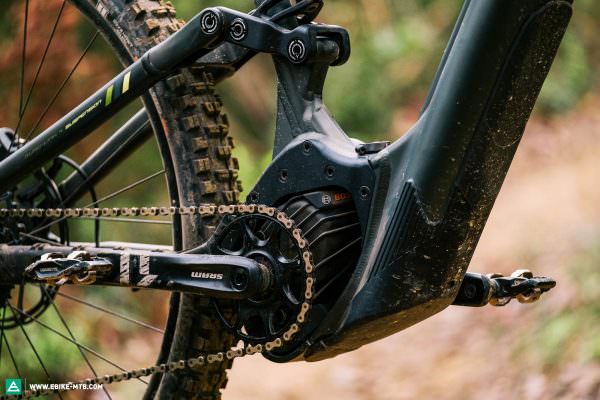
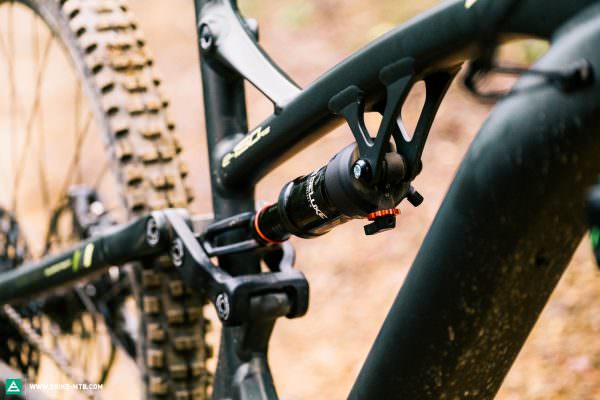
Tuning tip: none: that’s a compliment!
As soon as you turn its nose downhill, the E-150 RS 29ER V1 feels in its element, leaving the competition behind on flowing trails with berms and jumps. With its stiff suspension and light front end, the Whyte is incredibly nimble and eager to take off from ledges and jumps. With its agile character, the bike eggs you on in technical and chopped up terrain, where it translates steering inputs directly and with clinical precision. Over nasty root carpets and down steep slippery chutes, it generates excellent traction, not least due to the grippy tires. On flat trails, the lively front end requires a bit more physical effort to keep the front wheel tracking, especially when riding open corners. With its honest character, the Whyte doesn’t compensate for sloppy riding technique. Instead, it rewards active and sporty riders who can play with the terrain with its agile yet confidence-inspiring character. Only on crazy-fast downhill tracks do more capable bikes like the Mondraker or Lapierre take the lead. Here the simpler suspension can no longer keep up with the significantly more capable bikes in our test.
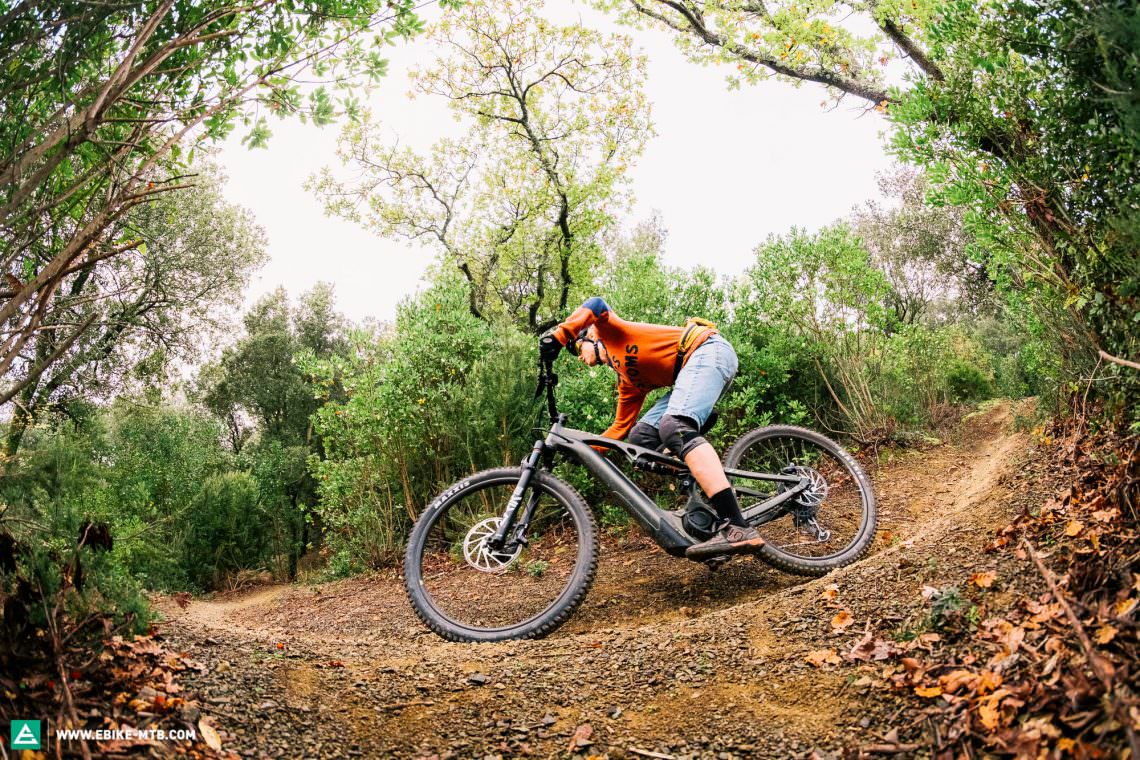
Racer and test rider Conny was faster on the Whyte than with any other bike. She was pretty clear about one thing: “This bike stays with me!”
Riding Characteristics
7Agility
- sluggish
- playful
Stability
- nervous
- stable
Handling
- demanding
- balanced
Riding fun
- boring
- lively
Motor feeling
- digital
- natural
Motor power
- weak
- strong
Value for money
- poor
- top
Conclusion
While the Whyte E-150 RS 29ER V1 is one of the cheapest bikes on test, it delivers outstanding performance and offers an incredible price/performance ratio! However, the principle of “form follows function” applies not only to the brilliant centre of gravity but also to many bland frame details and the rather rough build quality. As a result, the Whyte narrowly misses out on our Best Buy award.
Tops
- top downhill handling
- excellent value for money
- consistent overall concept
Flops
- build quality
- frame lacks attention to detail
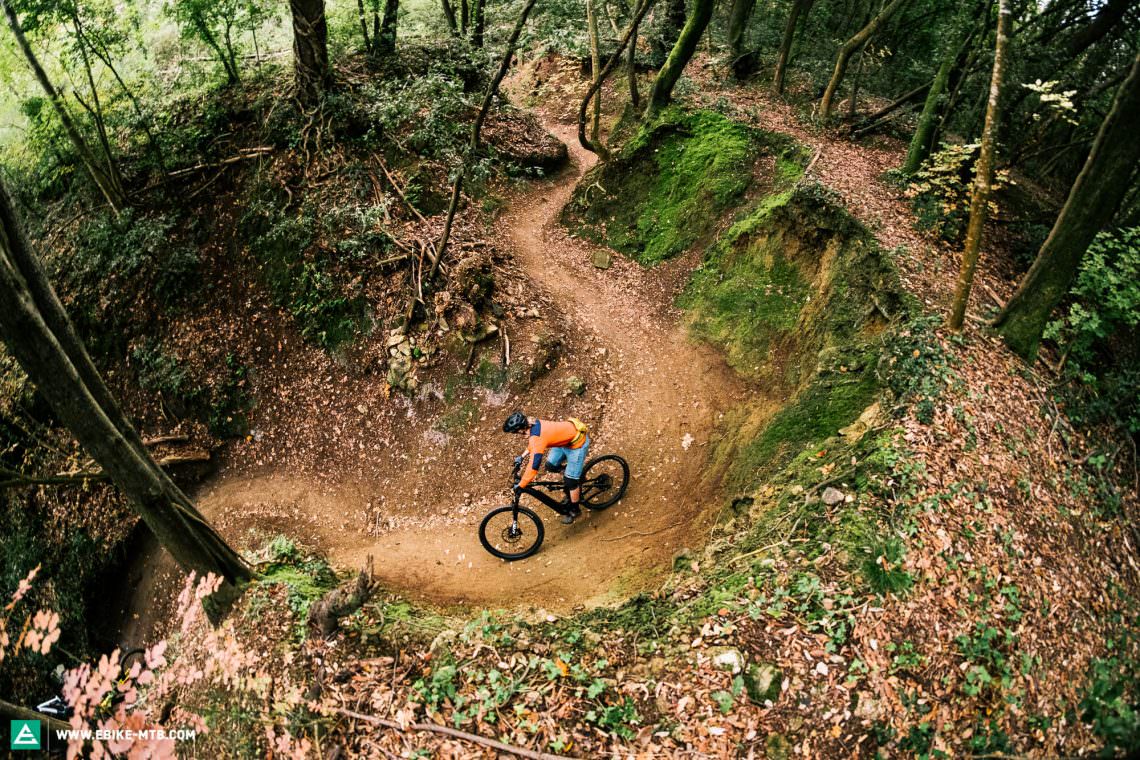
You can find out more about at whyte.bike
The test field
For an overview of the test fleet head to the group test: The best eMTB of 2021 – 25 models in review
All bikes in this test: Cannondale Moterra Neo Carbon 1 (Click for review) | Canyon Spectral:ON CF 9 (Click for review) | CENTURION No Pogo F3600i (Click for review) | CUBE Stereo Hybrid 140 HPC SLT Nyon (Click for review) | CUBE Stereo Hybrid 160 C:62 SLT Kiox (Click for review) | Ducati TK-01 RR (Click for review) | FLYER Uproc6 9.50 (Click for review) | FOCUS JAM² 6.9 NINE (Click for review) | GIANT Trance X E+ 1 (Click for review) | Haibike AllMtn 7 (Click for review) | KTM Macina Kapoho Prestige (Click for review) | Lapierre Overvolt GLP 2 Team (Click for review) | MERIDA eONE-SIXTY 10K (Click for review) | Mondraker Crafty Carbon XR (Click for review) | Moustache Samedi 29 Trail 8 (Click for review) | ROTWILD R.X375 ULTRA (Click for review) | Santa Cruz Bullit X01 RSV Air (Click for review) | SCOTT Ransom eRIDE 910 (Click for review) | SIMPLON Rapcon PMAX (Click for review) | Specialized S-Works Turbo Levo (Click for review) | Specialized S-Works Turbo Levo SL (Click for review) | STEVENS E-Inception AM 9.7 GTF (Click for review) | Thömus Lightrider E2 Pro (Click for review) | Trek Rail 9.9 X01 (Click for review) | Whyte E-150 RS 29ER V1 (Click for review)
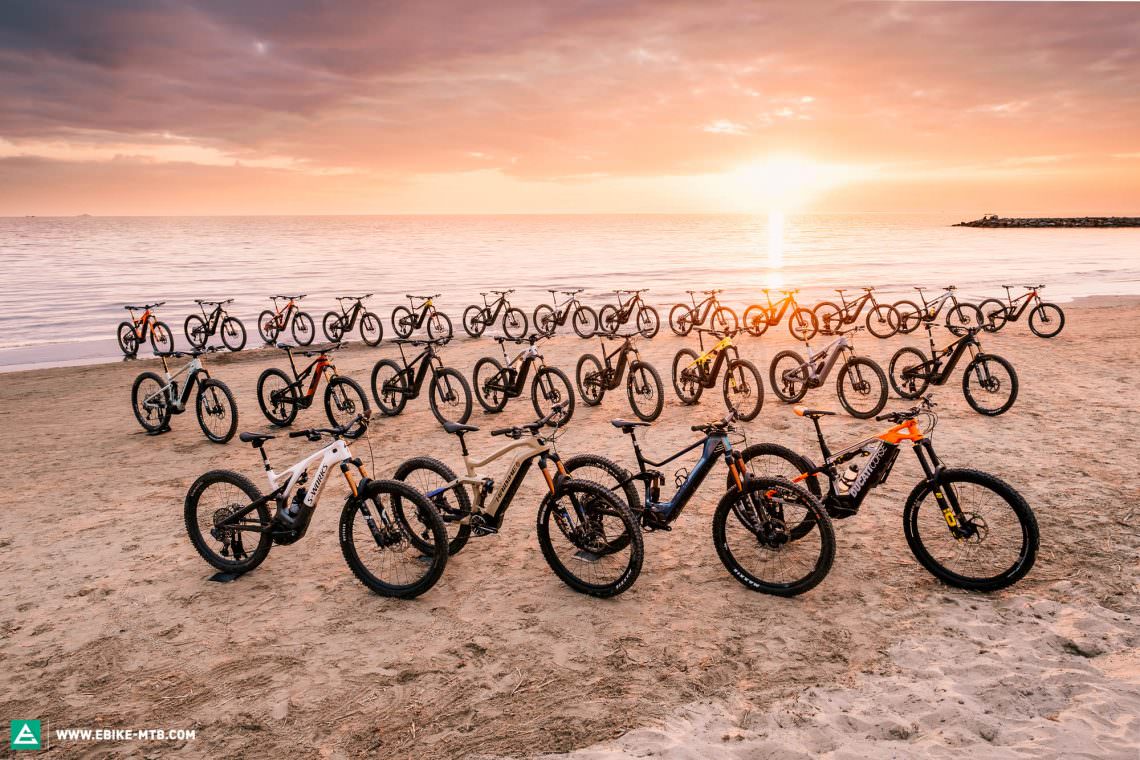
Relaxed and comfortable riding on surfaced roads, both uphill and downhill.↩
Easy climbs up trails with few obstacles, wide turns and a moderate incline.↩
Active and playful descents on easy trails with few obstacles, wide turns and a moderate slope.↩
Single-track climbs on challenging terrain. Loose ground, steps, roots, tight corners and occasionally extreme inclines.↩
Singletrack descents on challenging terrain. Loose ground, steps, roots, tight corners and small jumps as well as some very steep descents.↩
High speed descents on sometimes very rough trails with large jumps and obstacles that you can’t roll over.↩
The rating used for riding characteristics refers to the bikes in the group test and the current state of development of eMTBs. The best bikes managed to blend supposedly opposite riding characteristics, feeling both lively and stable at the same time. The handling describes the balance of the bike on downhill sections. The information regarding motor-power refers to the ride-feeling in the overall context of the bike and not exclusively to the motor – that’s why the same motor can present different values.↩
Did you enjoy this article? If so, we would be stoked if you decide to support us with a monthly contribution. By becoming a supporter of E-MOUNTAINBIKE, you will help secure a sustainable future for high-quality cycling journalism. Click here to learn more.
Words: Photos: diverse





